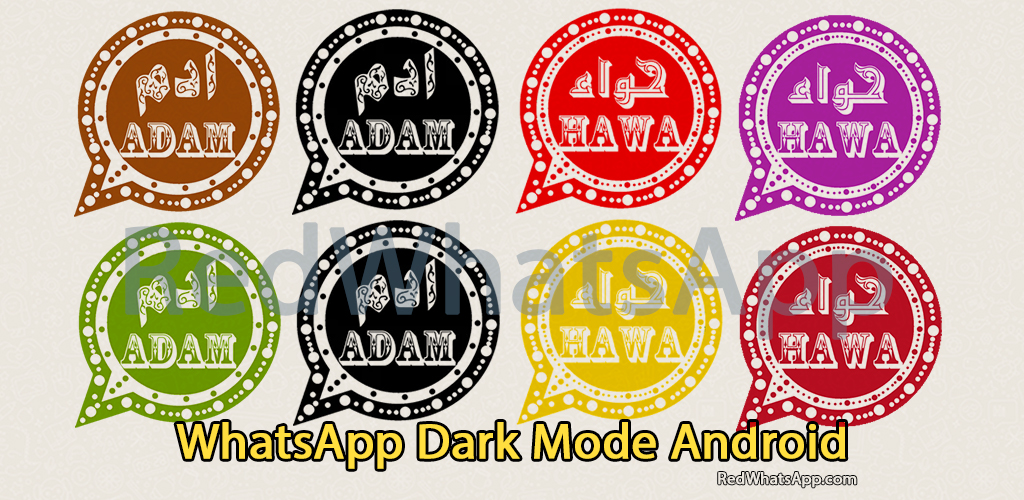Since the days of 2G and Edge networks, smartphone users have argued over whether WiFi networks use more battery life than 4G or 5G networks. Turning off the WiFi network and just using mobile data can help you maintain your battery’s %. We tested the WiFi and 5G networks in the real world on our smartphones and discovered some amazing findings that we are going to share with you in this post.
The majority of modern gadgets are highly optimised and created with 4G and 5G in mind. People are drawn to the smartphone sector since it has made several advancements regarding battery capacity throughout the years.
While many companies, including Qualcomm, Mediatek, and others, are concentrating on the most important aspects of smartphones, such as the battery, display, and performance, they are still unable to optimise battery consumption over network usage. As they offer high-speed internet access while on the go, 4G and 5G do in fact use a lot of power.
Why Do 4G/5G Devices Use More Battery Than Wifi Devices?
The question “Why does my new 4G enabled smartphone is draining the battery so fast?” has been posed by many readers of my site. They counter-question me, saying that my new smartphone has a bigger battery than my old one, to respond to my straightforward inquiry. That is absolutely true—your device has a sizable battery. Additionally, it has been updated to a higher frequency network, which drains your battery while still giving you a reliable and quick internet connection.
There are a number of additional reasons to hang on to, even if this cannot possibly be the only one to demonstrate the rationale for the use of higher battery power in 4G/5G capable smartphones:
- In order to connect both the 4G and 5G networks on a device, numerous wireless companies, including Airtel and Jio, have put up their 4G/5G equipped equipment in different locations around the city. This indicates that your smartphone is working extra hard to maintain a connection, which results in it requiring more battery power to do so.
- The 4G network must stop whenever you make a call or get a text message, and this constant shifting of the radio frequency puts a tremendous amount of demand on the battery.
- “Travelling” is one of the most popular justifications. This is a perfectly legitimate explanation for why your battery discharges more quickly. Your smartphone must rotate between many cell towers while you’re moving about in order for you to remain connected to the network and continue to receive texts and calls. “Handover” refers to the network’s transition from one tower to another. Things have been set (LTE to EV-DO) by Airtel and Jio such that the changeover uses more battery than when the device is idle (attached to a single tower).
While the fact that your phone needs to be charged twice a day cannot be attributed to 4G, it is the standard manner in which these devices are created and set up for network usage. It also relies on the smartphone’s operating system, which is built for better connection and battery life. Custom ROMS have shown to be quite effective in preserving battery life in Android-based handsets.

Tips For Increasing Battery Life In Ios And Android Devices
The battery backup of your smartphone may be stored in a variety of methods, and both Android and iOS devices often include this feature. It is preferable to turn off your WiFi connection and use mobile data whenever you are not connected to an active WiFi network. In the absence of this, your smartphone will often look for an available WiFi connection, which might result in more battery drain.
Your smartphone may not be in the WiFi, 4G, or 5G range whether you’re travelling by train or airline. The best advice would be to switch to Aeroplane Mode on your smartphone till you get steady or active coverage. The persistent hunt for a signal on your cellphone uses more battery, as we have covered.
Last Words
In conclusion, for optimum results, always strive to remain connected to an active WiFi network for preserving the battery backup on your smartphone. You must turn off the WiFi network on your mobile device if you notice that the connection is unstable and the signal is faint. In order to preserve even more battery life when travelling and away from a network, turn on Aeroplane Mode.










